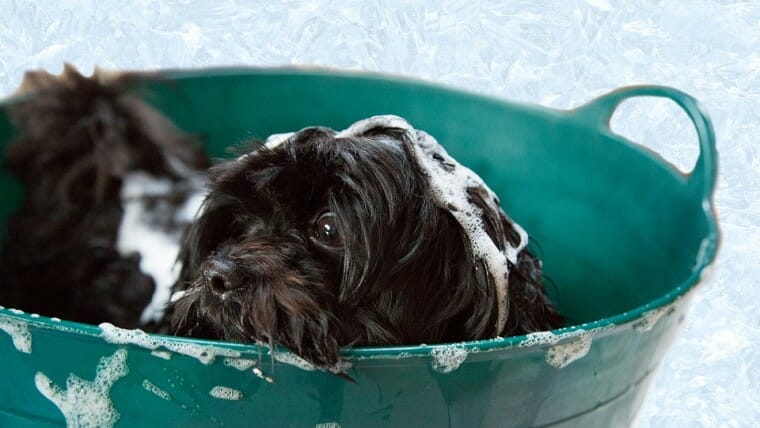Why Winter Paw Care Matters
As temperatures drop, our furry family members face unique challenges with their paws. At our dog daycare and dog boarding facility, we often see how cold weather, ice, and chemical de-icers can irritate or even injure a dog’s feet. With the right winter care routine, however, you can keep your pup comfortable, safe, and ready for every snowy adventure.
Winter Hazards That Affect Your Dog’s Paws
Winter sidewalks and backyards hide a few dangers that can be tough on delicate paw pads:
- Ice and Snow Buildup: Snowballing between the toes can cause discomfort or limping.
- Cold Temperatures: Prolonged exposure can lead to dry, cracked pads.
- Salt and Chemical De-Icers: These can cause burns or irritation, and may be toxic if licked.
Understanding these risks is the first step to protecting your pup when the weather gets frosty.
Top Tips for Keeping Paws Healthy This Season
- Trim Fur Around the Paws
Keeping the fur between your dog’s toes neatly trimmed helps prevent ice and snow from compacting and causing pain. - Use Paw Balm or Wax
A protective layer of paw balm creates a natural barrier against cold, salt, and rough terrain. Apply before walks and again afterward if pads feel dry. Get recommendations from your vet office on different brands to purchase. - Try Dog Booties
If your dog tolerates them, booties are one of the best ways to shield paws from winter hazards. Look for pairs with secure straps and non-slip soles. - Rinse Paws After Outdoor Time
A warm water rinse removes salt, ice, and chemicals before your dog has a chance to lick their paws. Be sure to dry thoroughly between the toes. - Moisturize Regularly
Just like human skin, paws can dry out in winter. Use a pet-safe moisturizer recommended by your vet office to keep pads soft and crack-free.
Keeping Your Dog Comfortable All Winter Long
At Puppy Play and Stay, we take every precaution to ensure dogs stay safe all winter long. A consistent paw-care routine can make winter outings more enjoyable for your dog. Staying aware of weather conditions, prepping paws before heading outside, and checking them afterward can prevent discomfort and injuries. With a little extra attention, your pup can explore the snowy season confidently, comfortably, and safely from the first frost to the last thaw.


